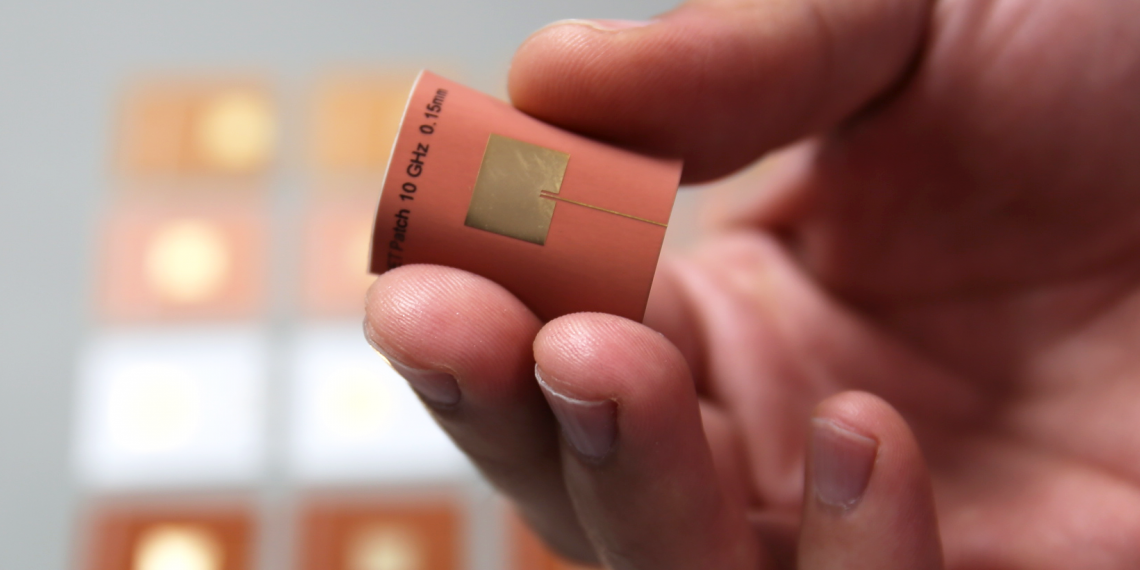Using printed electronics to develop reconfigurable antennas is the focus of the new project led by INESC TEC. TORIS – Towards Fully Printed Reconfigurable Intelligent Surfaces will resort to flexible printed electronics solutions to create prototypes adapted to the future of communications.
Printed electronics is a technology that allows the printing of circuits on different surfaces. Thanks to this technique, it will be possible to minimise material waste and the costs of producing large volumes of antennas; an environmentally friendly solution that allows greater deployment flexibility.
“With this research, we aim to develop intelligent and controllable solutions, contributing to the easy integration of intelligent antennas on surfaces like ceilings, walls or furniture“, explained Luís Pessoa.
According to the INESC TEC researcher and project coordinator, the flexibility of this printing technique plays an important role, since it will enable the adaptation of the antenna’s surface to the shape of the objects or surfaces on which it may be installed”.
“The planned activities involve the design and simulation of microwave antenna arrays, the high-frequency characterisation of reconfigurable devices and antennas, and the integration and characterisation of prototypes. A digital control system based on FPGA (Field Programmable Gate Arrays) will be integrated with the array of antennas, thus facilitating experimental validation”, concluded the researcher.
Said antennas could potentially be applied to the sixth generation of mobile communications (6G), providing better mobile coverage inside buildings, but also play a vital role in 3D detection of human presence in the healthcare, automotive or manufacturing sectors.
With an investment of €50K, the project is funded by the Foundation for Science and Technology (FCT) and will last for 18 months. INESC TEC is the leader of the project, which also features Universidade Nova de Lisboa.
The researcher mentioned in this news piece is associated with INESC TEC and UP-FEUP.




 News, current topics, curiosities and so much more about INESC TEC and its community!
News, current topics, curiosities and so much more about INESC TEC and its community!